Both products are made from soya beans, but they differ in their nutritional value and use.
Soya beans undergo a heat treatment / processing. When all the oil is removed for human consumption, the by-product that remains is referred to as Soya Oilcake meal (OCM). This product is widely used as one of the main protein ingredients in animal feed, especially for swine and poultry. Maize is seen as an ingredient supplying mostly energy in the diets, while Soya OCM is seen as an ingredient supplying mostly protein.
In an alternative process the soya beans are extruded and not all the fat / oil is removed, and the product is then referred to as Full Fat Soya. As the name says Full Fat Soya has a large amount of fat in the product. This fat is a good source of alternative energy compared to maize (starch). In diets where energy is limiting, Full Fat Soya is included to increase the energy content of the diet. Full Fat Soya also has a good protein percentage and thus also used as a protein source.
The heat treatment in both Soya OCM and Full Fat Soya processes results that the anti-nutritional factor trypsin is de-activated. The problem with trypsin is that it binds to protein and results in the animal (Swine / Poultry) unable use the protein for growth. The better the quality of the Soya OCM and Full Fat Soya, the better the animals will perform. Variation in quality of Soya OCM and Full Fat Soya is a limiting factor in efficient animal production.
If a formulation is formulated to include Soya OCM the Soya OCM can’t be replaced by Full Fat Soya as these products differ in their nutritional values. As explained, Soya OCM is the main source of protein in diets, while Full Fat Soya is formulated into certain diets to improve or increase the nutritional density of the diet – especially the energy content.
The two products also differ in appearance. Full Fat Soya tends to be more “fatty / oily” to the touch, while Soya OCM is more of a “flaky” product. See pictures.
If a producer wants to use Full Fat Soya in their diets, it is very important to consult an animal nutritionist to re-formulate the diet to balance the ingredients for efficient production. Soya OCM can’t just be replaced by Full Fat Soya on a per kg basis. The diet must be reformulated and re-balanced.
The following table shows the different protein, fat, and fibre levels of Soya OCM and Full Fat Soya.
| Soya OCM | Full Fat Soya | |
| Protein % | 45 to 47 % | 32 to 36% |
| Fat % | 1.5% | 18% |
| Fibre % | 3.5% | 6% |



